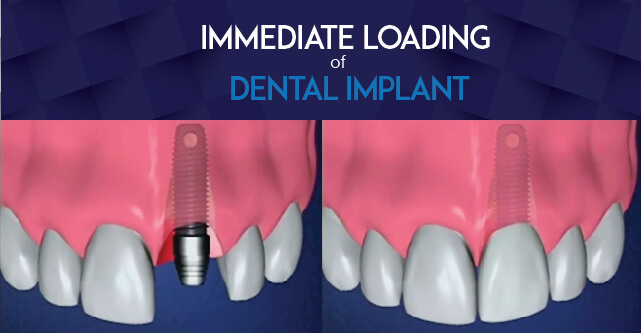Implant-supported Full Arch Restorations
When it comes to replacing missing teeth, there are a variety of options to choose from, including dental implants, bridges and dentures. The pros and cons of each treatment should be weighed along with your dentist’s recommendation when deciding which option to pursue.
Well, what if you could get a fully reconstructed arch using only six or even four implants instead of the eight typically required? That’s the basis of a popular trend in dentistry referred to as implant-supported dentures and branded in a variety of ways such as “All-on-4 Implants,” “Pro Arch Implants,” “Teeth Tomorrow,” et
Implant-supported Restorations Work
The core functionality of implant-supported dentures/bridges is not really any different from traditional implants. A titanium or zirconia implant is surgically placed in the jaw where it can fuse with the surrounding bone (a process called osseointegration) and serve as an artificial tooth root. What makes the implant-supported full arch variant special is the fact that a minimal number of implants support the replacement of all 16 teeth in an arch.
Understanding the Procedure
The procedure itself can vary depending on the specific brand of full arch implant-supported restoration you opt for. But to give an idea of what’s involved, let’s take a look at the All-on-4 process step by step:
Step 1: An initial consultation to evaluate your oral health and determine your treatment options. If you are a candidate for an implant-supported denture, your dentist will evaluate some of the functional and aesthetic aspects of treatment, including the length of the crowns required, bite placement, etc. 3D imaging (cone beam computerized tomography – CBCT) can help analyze anatomical structures involved with treatment, namely the jawbone, to determine if any reshaping is required.
Step 2: Using the 3D imaging of your mouth, your dentist will prepare a computer simulation of treatment, which will identify exactly where the implants will be placed for optimal support. (Fabrication of a surgical template may also be done at this stage to help serve as a guide.)
Step 3: An initial consultation to evaluate your oral health and determine your treatment options. If you are a candidate for an implant-supported denture, your dentist will evaluate some of the functional and aesthetic aspects of treatment, including the length of the crowns required, bite placement, etc. 3D imaging (cone beam computerized tomography – CBCT) can help analyze anatomical structures involved with treatment, namely the jawbone, to determine if any reshaping is required.
Step 4: An initial consultation to evaluate your oral health and determine your treatment options. If you are a candidate for an implant-supported denture, your dentist will evaluate some of the functional and aesthetic aspects of treatment, including the length of the crowns required, bite placement, etc. 3D imaging (cone beam computerized tomography – CBCT) can help analyze anatomical structures involved with treatment, namely the jawbone, to determine if any reshaping is required.
Maintaining Your Results
Knowing how to modify your oral hygiene habits to best care for your restorations will help you maintain your new smile for years to come.

